Caring for your Haircolor
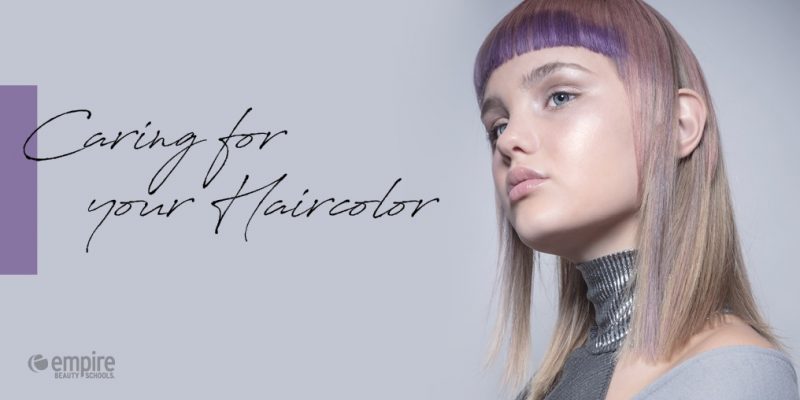
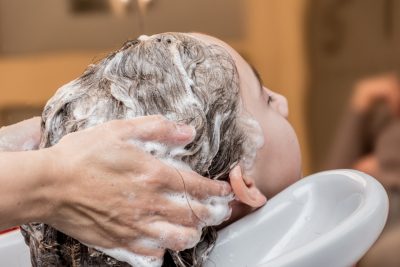
Dear Haircolor,
We love you. In fact, many of us can’t imagine a world without you. However, keeping you from fading can be a struggle. Luckily, we’ve asked our expert educators at Empire Beauty Schools for advice on how to keep you shiny and beautiful for as long as possible!
Let’s start with the obvious. Shampooing. What you use and how often you do it, all make a difference.
“It’s very important to use a sulfate free shampoo that’s color safe,” says Kay Mullins, an educator at Empire Beauty School in Green Bay, Wisconsin. “If it’s a vibrant color, you can add pigment to your shampoo to keep the color brighter, longer.”
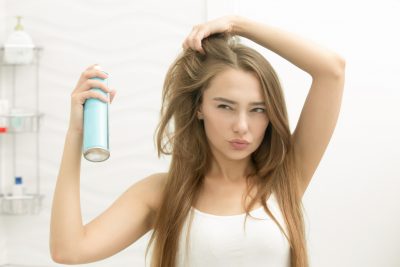
“Like any chemical process, it’s true that coloring damages hair.” Says Lu McCray, a student teacher educator at Empire in Savannah, Georgia. “Along with using a gentle shampoo designed for color-treated hair, you should avoid shampooing daily. Instead, opt for a dry shampoo in between.”
“Dry shampoos are amazing products.” adds Mullins. “It will absorb grease and keep your hair looking fresh so you don’t need to shampoo every day.”
Additionally, McCray suggests using a deep conditioning mask to keep dry, dull hair healthy and shiny.
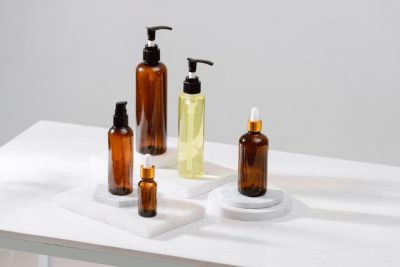
“And many clients don’t realize the temperature of the water effects color.” Says McCray. “You should always rinse your hair in lukewarm or cool water to keep the cuticle from opening all the way and releasing color molecules.”
While we’re on the subject of water, it’s important to know what “type” of water you’re working with.
“Our water in Phoenix is very hard, even for those on a well,” says Toni Kinyon-Beck, an educator at Empire Beauty School in Chandler, Arizona. “I recommend using a product like Crystal Clarifying Treatment from Malibu before every chemical service so you get the results you are expecting. These type of products remove mineral and product build up and prep your hair for color services.”

Kinyon-Beck also says moisture is key to keeping color looking great. “For my textured hair clients I am fan of Design Essentials Avocado & Almond. It’s sulfate free and is moisturizing for dry thirsty hair.”
But what about the elements you can’t control, like the weather and the sun? Our Empire Beauty School educators say pay attention to your products and the season you’re in.
“It is important to properly prepare the hair for the seasons,” says Mullin. In very humid times, weather proofing products like anti-frizz serums work great. In winter you may have to go to a more moisturizing shampoo and conditioner.”
“UV and visible light breakdown chemical bonds within the hair structure.” says McCary. “Heat from sunlight and irons can also dry out hair and make it susceptible to damage by breaking.”
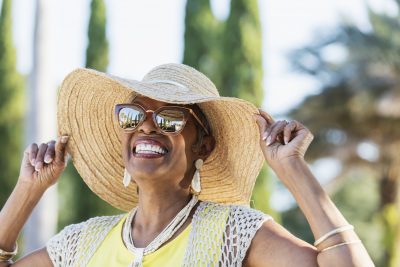
Light and heat can damage the scalp as well, leading to hair loss over time. “Do what you can to limit light/heat exposure. Hats are great!” says McCrary. “Use heat-protective products before applying heat to hair and deep condition often.”
“Haircolor is such a fun part of being a cosmologist!” says Kinyon-Beck. “But it does take knowledge to be able to provide the shade your client is looking for and help them take care of it.”
And as experts in their field, our Empire Beauty School educators have a few reminders about color and the science behind it.
“As educators we teach our students the importance of keeping their clients hair healthy.” says Mullins. “Sometimes that means consulting a client with the news that the color they want might not be best for their hair. For example, many customers think “this time I will go very dark and next appointment I’ll go blonde.” A responsible hair stylist needs to be cautious and inform the client of a healthier way to lighten their locks.”
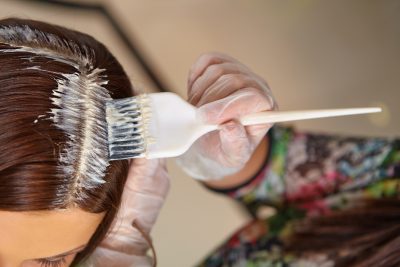
“Hair color does not disappear when you put another color on top of it.” Says McCray. “It takes a few appointments to go lighter in a healthy way. And be cautious with box color. It often contains metal fillers that can damage hair.”
“The most vibrant colors may not (and usually are not) a one appointment service.” says Mullins. “Many times it may take 3 to 4 highlighting appointments to get the hair light enough for the colors to pop.”
And she adds, don’t always believe a color you see online or in a magazine is real. “A lot of those very bright colors are artificial extensions. They can certainly be done on real hair, but the results take more time to accomplish and much more care to keep shining.”